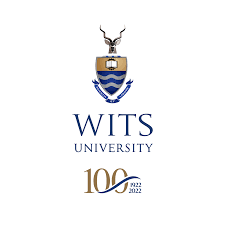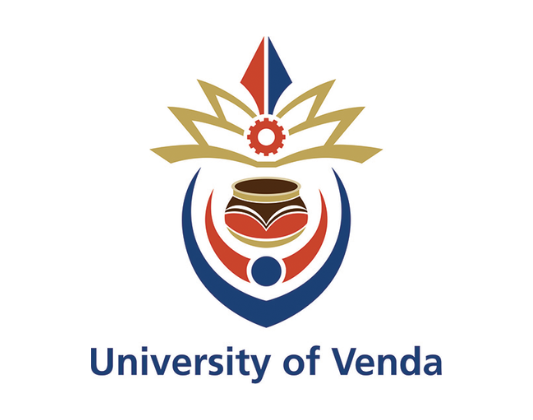Automated Text Analysis as an Exploratory Aid to Traditional Content Analysis
Researcher: Thomas Lancaster, University of the Witwatersrand, Johannesburg
Supervisor: Professor Rod Alence, University of the Witwatersrand, Johannesburg
The current study aimed to examine the utility of text mining methods within the broader process of qualitative content analysis. The study aimed to examine whether text mining; in the form of word frequency analysis and topic modelling, could be utilized in the role of an exploratory text analysis method. In order to attempt to answer this question, the study aimed to examine the utility of text mining in the examination of the concept of spirituality within extracts of narrative sections of both the AA and NA primary texts. The paper worked under the assumption that words associated with the concept of spirituality would be heavily represented within the text corpus.

